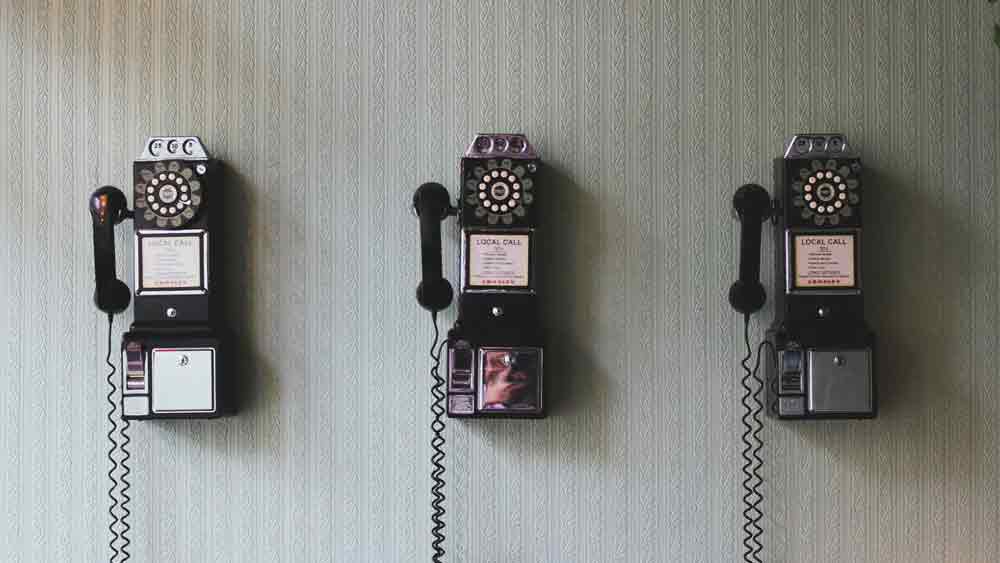For as many words as we use, we’re terrible communicators. Voicemails are jumbled streams of consciousness. Emails are “text bombs” with no rhyme or reason. Presentations are nothing but crippling piles of slides. But don’t worry—here are three rules of three to make your communications clearer, more compelling, and more efficient and effective.
|
ADVERTISEMENT |
All good things come in threes. Blind Mice, Stooges, Wise Men, Little Pigs, Musketeers, and Rocky movies. (For the record, Rocky IV and Rocky V were terrible—see? They should have stopped at three.)
First rule of 3: It’s always 3 things
When you convey information, don’t rattle off a list of 47 things the listener must understand. Don’t hand them an incoherent pile of slides and expect them to make sense of them. Structure your work. Chunk up the information into manageable bites. You’ll find there are usually three bites regardless of what flavor of pie you’re serving.
…

Comments
My Rule of 3 Experience
All -
I have used the "Rule of 3" successfully throughout my career, from supervisor to COO.
I always wrote my memos to Senior Management with "only" 3 justifying rationales in my 1-page memos (also a good trait, 1-page memos, since Senior Management has a short attention span, and typically doesn't read past page 1 - LOL), and they usually got approved. Similar experience on PowerPoint presentations with limits of 3 coherent bullets/slide to various stakeholders from shop floor to board room. In all cases - the "Rule of 3" - "ruled."
The "Rule of 3" ultimately makes one really distill their ideas down into what's most important, and therefore, most effective...
Regards,
Ken
Add new comment